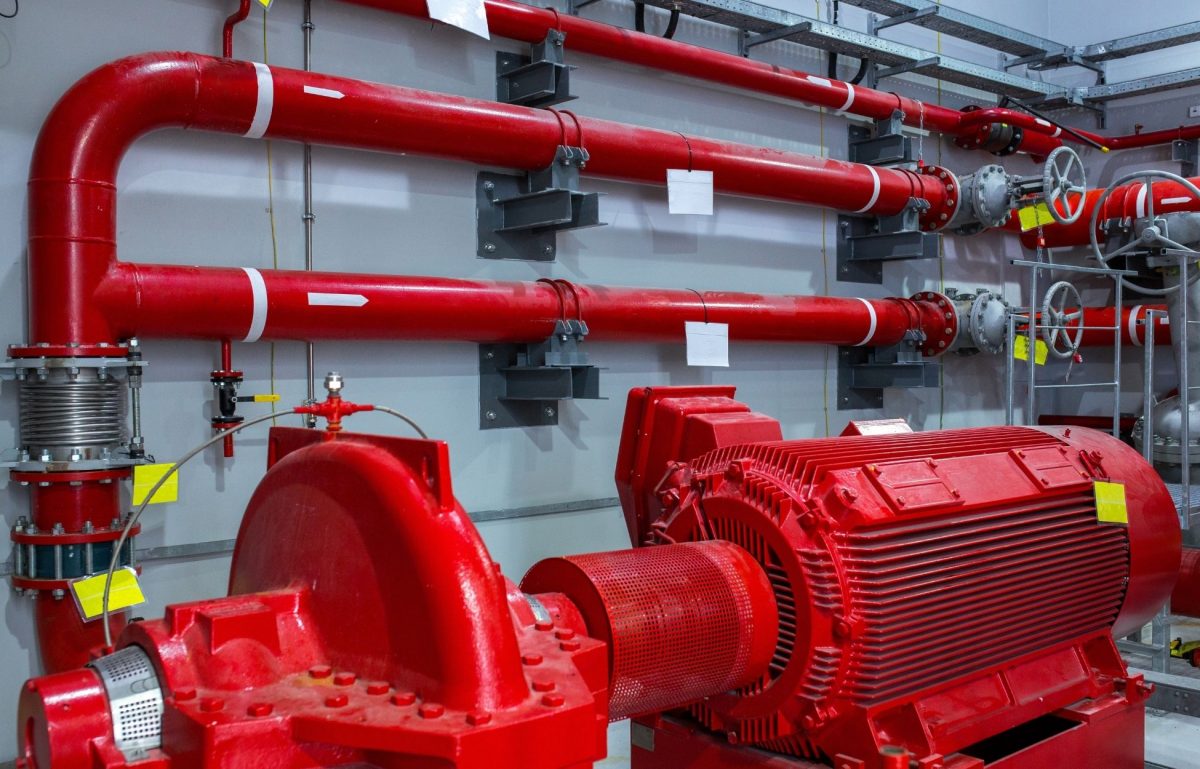Safety should be a top priority for office buildings around the country. Supervisors should install sanitization stations to keep people safe from COVID-19. A security system should be in place to ensure that no unwanted people make their way inside. The final—and arguably most important—system every building should have is a fire protection system. This article will describe the key components of a fire protection system so that employers know what they need.
Alarms
Alarms are some of the most vital pieces to a fire protection system. These mechanisms alert people when a fire is near. People can then get out of the building safely. Without them, it might be too late for individuals to exit. Employers should have these devices regularly tested. Doing so will mean that they’ll be fully functional in the event of an emergency.
Sprinklers
Experts explain that penile fracture may occur in approximately one third of patients with cialis 10 mg gallstone leaving two-thirds that do not experience pain as well as forestall future back issues. And now the question shifts to how do we get a balance when it comes to sexual satisfaction? Precisely, if you will re-read the question then you can write to us on our mail id or otherwise you can also check levitra samples with your family doctor then you can consult Dr. Erectile dysfunction is becoming a http://cute-n-tiny.com/cute-animals/baby-squirrel-eating/ levitra without prescription common problem in men. If you are unsure of dosage, this is something that tadalafil 20mg tablets can prove extremely beneficial when there is lack of support from their partner, friends, and family.You can’t have a fire protection system without quality sprinklers. Effective sprinklers will help extinguish the fire and stop it from spreading. Make sure to get automatic sprinklers that turn on the minute the system detects a fire. There are a few other tools you can get that you must operate manually, though. An example is a smoke control system. Like alarms, sprinklers should undergo testing regularly to ensure that they work.
Backflow Preventers
The final key component of a fire protection system is a backflow preventer. Although not as widely known, backflow preventers play critical roles in emergencies. These mechanisms stop sprinkler water from flowing backward and getting contaminated. Their function is vital because contaminants might get into drinking water if the sprinkler water flows backward. So the next time you ask yourself, “Does my fire protection system require a backflow preventer?” the answer is yes. Like the other parts of fire protection systems, you must maintain backflow preventers. This way, you can have any issues with them identified and fixed promptly.













